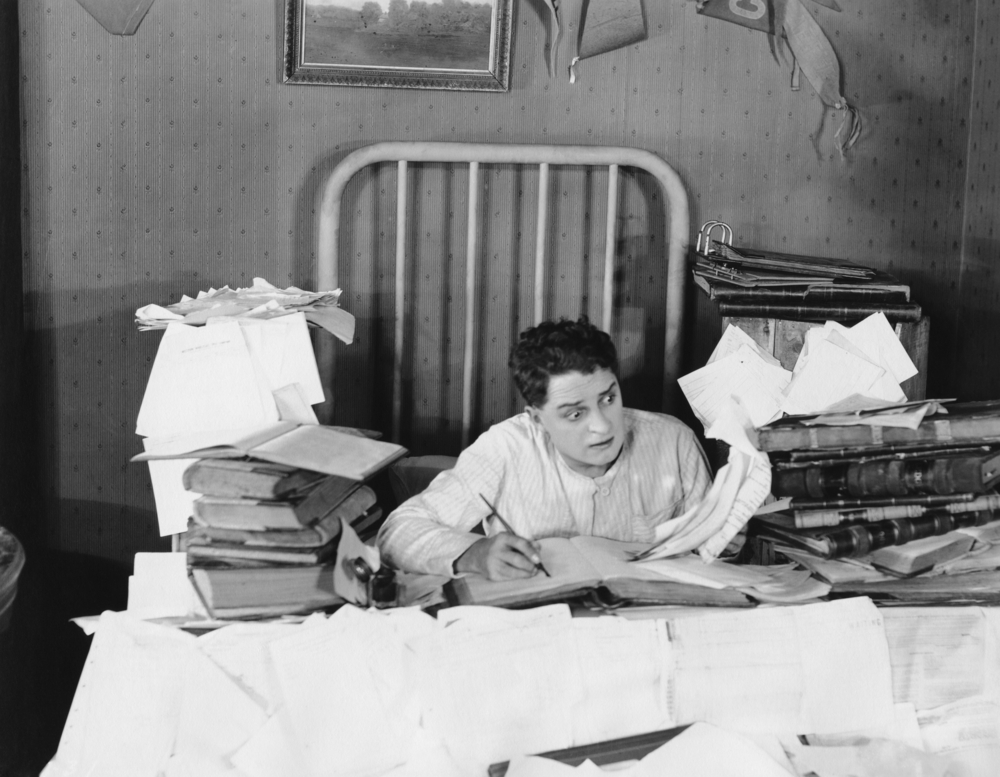
Georgina Nayler, director of The Pilgrim Trust, explains how fundraising for a project in her spare time caused her to rethink her own organisation’s grant application process.
I’ve worked in grant giving for 30 years, but in 2013 I became a trustee of a project that is seeking to raise £1.8m in funding for the complete refurbishment of a Grade I listed building. I have become deeply involved with the fundraising efforts and, after so many years of working with trustees to give money away, gaining this first-hand experience of trying to raise money has really opened my eyes to some of the challenges fundraisers have to tackle - particularly when faced with lengthy and complicated grant application forms.
The pressures of fundraising
I have learnt that fundraising is just as hard work as I had always imagined. It is a slow process requiring hours of research and reading multiple sets of funding criteria; trying to work out how our project will fit within those criteria. Trusts and foundations, including my own, all have varying application procedures, different timescales and various requirements in terms of the supporting documentation they need. Each requires basically the same information, but repackaged and slanted in diverse ways, meaning the fundraiser has to start almost from scratch each time.
Not all application forms are straightforward and some seem to be repetitive, asking for the same information to be presented and then re-presented. Perhaps the most difficult are those that don’t have forms and just ask for free text, because you are not sure precisely what they want.
Approaching individuals is even more challenging. Trusts and foundations are, after all, set up to distribute money. With private individuals, however, giving money away isn’t their whole raison d’être, and so it is up to those asking to convince them of the merits of the project and what a gift will achieve. The British are notoriously bad at being brazen and making the ask, and it is quite a tall order to ask trustees to approach their friends and acquaintances for money, although that is what trustees have to do.
A new approach to applications
While the hard work has paid off (we’ve been thrilled with the responses we’ve received from trusts and foundations), I certainly now look with renewed respect at the applications I receive as part of my job.
Furthermore, my experience of fundraising has prompted me to change the way The Pilgrim Trust approaches grantmaking. My colleagues and I have decided that rather than asking everyone to do a full application, we should move to a two-stage process. This will mean that applicants will, in the first instance, only have to fill in a very short form. We will then tell them whether trustees are likely to look sympathetically on their project, and whether it is worth their while completing a full application.
We are going to develop new application forms that are specific to the funding programmes we run. Until now we’ve had one generic form, but in future, our forms will be more prescriptive and, we hope, clearer so that applicants know exactly what we need from them. We are also going to be more rigorous about informing applicants of the timing of our decision-making process, so that we can better manage expectations, as well as help save fundraisers precious time.
Fundraising myself, in my spare time, has been a valuable lesson. It is, perhaps, something all trust and foundation staff should try to do, as it has been so helpful to me in considering our own procedures.
Georgina Nayler is director of The Pilgrim Trust




